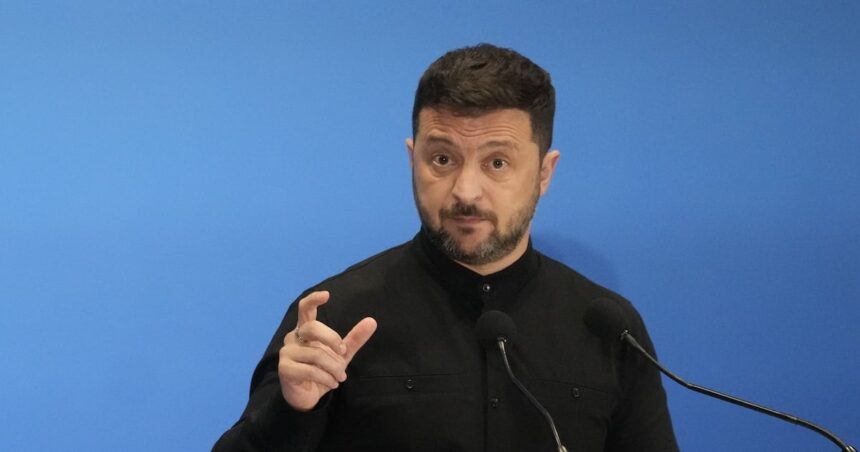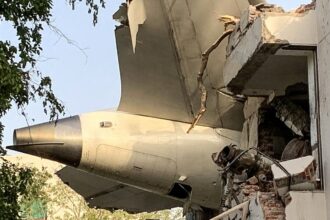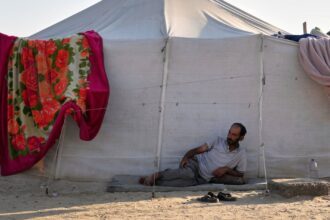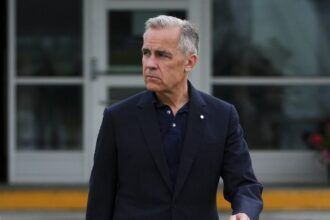As Ukraine enters its third year of defending against Russian aggression, European nations are quietly laying groundwork for what many security experts describe as the inevitable next phase—post-conflict stabilization. Senior defense officials from over a dozen European countries convened in Berlin this week to develop concrete plans for an international military presence that would help secure Ukraine once active hostilities cease.
The closed-door meeting, attended by representatives from the United States, marks a significant shift in Western strategic thinking about Ukraine’s future security architecture. Unlike previous discussions that focused primarily on immediate battlefield needs, this gathering addressed the complex challenge of maintaining stability in a post-war environment.
“This isn’t about the current fight—it’s about ensuring that when peace eventually comes, it remains sustainable,” said German Defense Minister Boris Pistorius, who hosted the talks. “We cannot repeat the mistakes of previous conflicts where premature withdrawal led to renewed violence.”
According to diplomatic sources familiar with the discussions, the proposed stabilization force would operate with a dual mandate: deterring potential Russian re-aggression while assisting Ukrainian authorities in establishing security control across liberated territories. The force would likely feature multinational European contingents operating under a unified command structure.
The U.S. delegation, led by Assistant Secretary of Defense Celeste Wallander, participated as observers rather than direct planners—signaling Washington’s preference for European leadership on this initiative while maintaining support for the broader concept.
“America remains fully committed to Ukraine’s long-term security,” Wallander stated following the meetings, “but we recognize that Europe has both the capacity and responsibility to take a leading role in this particular aspect of the support architecture.”
The planning comes amid growing recognition that any eventual peace settlement may require international security guarantees to be viable. Ukrainian officials have consistently emphasized that simple diplomatic agreements without physical security mechanisms would be insufficient given Russia’s previous violations of territorial commitments.
“Ukraine’s experience with the Budapest Memorandum taught us that paper promises mean little without enforcement mechanisms,” noted Ukrainian Defense Minister Rustem Umerov, referring to the 1994 agreement in which Ukraine surrendered nuclear weapons in exchange for security assurances from Russia, the U.S. and Britain.
Critically, the proposed force differs from the peacekeeping missions deployed in places like Bosnia or Kosovo in that it would operate with Ukraine’s explicit consent and would be designed to complement rather than replace Ukrainian security institutions.
Technical discussions focused on several practical challenges, including command structures, rules of engagement, and coordination with Ukrainian authorities. European military planners are drawing lessons from previous stabilization missions while acknowledging Ukraine’s unique circumstances.
Polish defense officials, who have been among the most vocal proponents of robust security guarantees for Ukraine, pushed for substantial troop commitments. Meanwhile, representatives from Nordic countries emphasized the importance of integrating civilian security sector reform alongside military components.
The initiative reflects a growing European consensus that regional security cannot be assured without addressing the fundamental instability along NATO’s eastern flank. For countries like Poland, Lithuania, and Romania, Ukraine’s security has become inseparable from their own.
Financial aspects remain contentious, with debates continuing about cost-sharing arrangements and whether European defense budgets—already stretched by increased military spending—can accommodate another major security commitment. Some officials suggest that frozen Russian assets could potentially fund aspects of the stabilization effort, though legal hurdles remain.
Russia has predictably condemned the planning as provocative, with Kremlin spokesperson Dmitry Peskov calling it “further evidence of Western intent to maintain a permanent military presence near Russia’s borders.”
As Ukraine continues to defend against ongoing Russian attacks, the question remains: will the international community’s post-war commitment match the resolve it has shown during the conflict itself, or will Europe’s strategic attention waver once the immediate crisis subsides?










